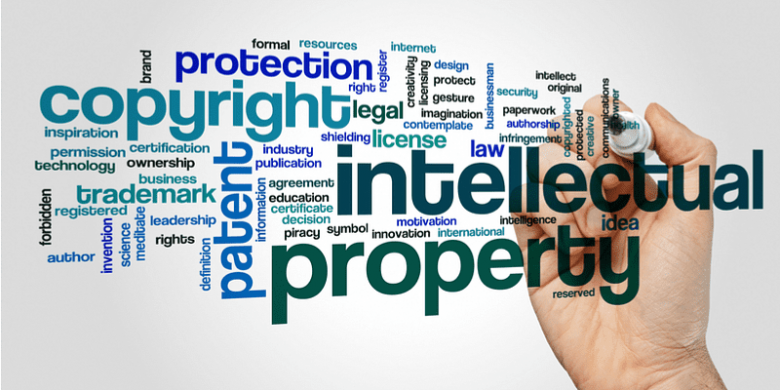Protect IP on social media
The Berne Convention was adopted in the late nineteenth century and currently has 174 signing countries. For any author from any of the participating countries, this means that their work receives protection in 174 states. Protection also means that an author’s work would not be translated or adapted without the author’s authorization. Opting out of international treaties like the Berne Convention means that international authors’ works are exploited in the Persian market and somehow vice-versa.
Unfortunately, Iran has not still accessed to the Bern Convention and Iran remains out of the Berne Convention which we hope such deficiency and shortcoming of not accession will come to an end in the near future after removing the obstacles.
Social media is a great way to get a brand noticed. It allows a business to meet like-minded people and expand their reach in the digital age. However, sharing the business’s brand online may entice copycats or competitors to create similar content infringing intellectual property rights. Logos, the brand’s name, images, and more are all exposed to the risk of appropriation. Therefore, it is essential to understand how intellectual property (IP) on social media can be protected.
Any marketing materials, brand name, or logos created by a business are protected under intellectual property laws. However, a proactive method towards protecting a business’s brand would be to secure a trade mark over the business’s name, logo and slogan. This ensures exclusive use over the intellectual property and protects the property from potential appropriations including when competitors do so on social media platforms such as Instagram or Twitter.
Copyright protections may automatically cover a business’s brand where their creative strategies are in material form. Material form does not necessarily mean tangible as website content and photos published online are both examples of a business’s ideas in material form. Therefore, a business can enforce their copyright entitlements against competitors who appropriate their brand and publish it on social media platforms without permission.
Most social media platforms have protocols in place for when its users are experiencing an infringement of their intellectual property rights. However, these protocols are minimal and cannot entirely prevent intellectual property infringements.
The first point for a business who has discovered that their registered trademark is being inappropriately used by another individual on a social media platform, is to file a complaint via the platform’s complaint form. Typically, these forms will require that the person filing the complaint is the registered trademark’s owner, provides details of the trademarks and its registration, provides details of the infringement and submission the form in good faith. Frequently, by filing a complaint, the platform will merely block or remove the infringement conduct or the entire account. This will then leave the violating needing to prove that their content is their original work and does not infringe any other person’s IP rights if they are seeking to reinstate the account/ content. This process is similar for someone seeking to remove content or an account that is contrary to their copyrights.
However, the quickest and most effective method of resolving a trademark or copyright infringement is contacting the user directly via the social media’s messenger feature. At times, the infringing creator may just be unaware of an existing brand and contacting them about the similarity could result in a civil and quick resolution.
By using a social media platform’s form to file a complaint, a business would have made the first steps towards a quick resolution of the infringement. However, as mentioned before, this may not always be successful as complaints can be dismissed. Therefore, further action will need to be taken if an account continues to post content that infringes a business’s IP rights. This will mean formal legal action and potentially involving a lawyer to assist in negotiating with the infringing account. Otherwise, if these negotiations are unsuccessful, legal proceedings would be the last resort.
The prevalence and accessibility of social media present tremendous opportunity, along with some risk. Implementing clear policies and guidelines and educating reduces the business and legal risks associated with misuse of social media.
Submitted by Dr. Mahnaz Mehrinfar, Ms. Newsha Ardalan

